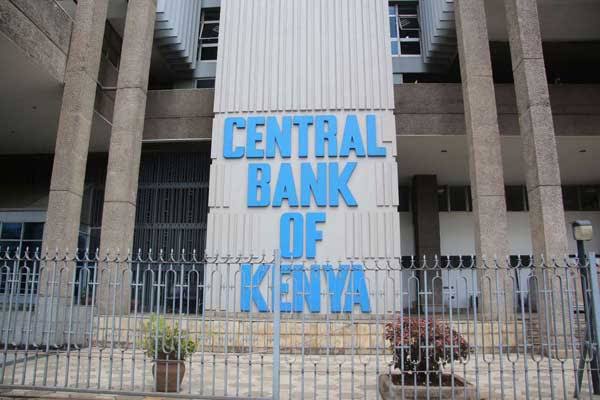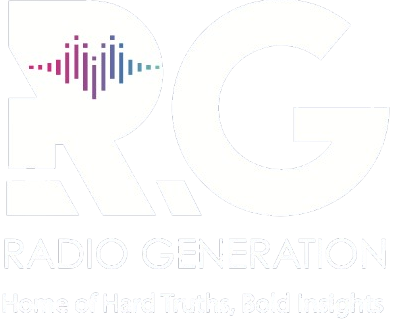Private sector feels the pinch as government's domestic borrowing soars

According to the CBK weekly bulletin released this month, the country’s domestic debt stood at Sh6.312 trillion as of July 4, 2025.
Kenya’s private sector is facing growing financial strain as shrinking access to credit coincides with the government’s increasing appetite for domestic borrowing, latest data from the Central Bank of Kenya (CBK) shows.
According to the CBK weekly bulletin released this month, the country’s domestic debt stood at Sh6.312 trillion as of July 4, 2025, a slight dip from Sh6.331 trillion, representing a Sh19 billion decrease. However, this comes after a sharp increase of Sh109 billion in just two weeks between June 13 and June 25 setting a new record high.
The rise in borrowing follows Treasury CS John Mbadi’s announcement in May that the government would turn to the domestic market for funding due to a tightening global credit environment.
Analysts from the Institute of Public Finance warn that although the weekly decline offers temporary relief, debt levels remain historically high, posing risks to debt sustainability, rising interest costs, and credit access for businesses.
This strategy supports the financing of a Sh900 billion budget deficit in the Sh4.2 trillion 2025/26 budget, a move that has made government securities more attractive to banks than private lending.
As of July 4, Treasury bonds comprised 80.96% of the total domestic debt, up from 80.71% the previous week, while Treasury bills made up 16.43%, pushing government securities to 97.39% of the entire portfolio.
However, Treasury bills have underperformed in recent weeks. For example, the auction held on July 10 attracted Sh22.8 billion in bids against an advertised Sh24 billion, recording a 94.9% performance rate. The government accepted Sh13.1 billion worth of bids.
Meanwhile, long-term instruments such as the reopened 20-year and 25-year bonds were oversubscribed, drawing Sh76.9 billion in bids 153.8% of the Sh50 billion target with Sh66.65 billion accepted.
Banking institutions remain the largest domestic lenders to the government, holding Sh2.84 trillion, or 45% of the total domestic debt, up from Sh2.36 trillion in July 2024.
Pension funds follow at 28%, with other investors and insurance firms contributing 13% and 7.25%, respectively.
While this borrowing strategy cushions Kenya against currency risks, it is increasingly crowding out the private sector particularly micro, small, and medium enterprises (MSMEs) which depend on bank loans for survival and expansion.
Banks, citing high-risk profiles and rising non-performing loan (NPL) ratios, which now stand at 17.6%, are charging higher interest rates or denying loans altogether to small businesses.
“NPLs drive up interest rates. With the economy struggling and pending bills piling up, banks are no longer competing for borrowers they’re becoming more selective,” a banking source told People Daily.
Despite efforts by the CBK to lower interest rates on government securities such as reducing the 91-day T-bill rate below 10% banks still prefer lending to the state due to guaranteed returns.
“We are working to bring down interest rates on short-term instruments to reduce the risk of crowding out the private sector,” said CBK Governor Kamau Thugge, expressing hope that cheaper credit will become more accessible in the coming months.
Even so, many stakeholders remain cautiously optimistic that improved macroeconomic conditions will restore confidence in lending to the private sector in the 2025/26 financial year.
